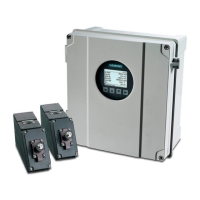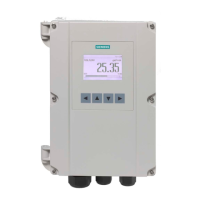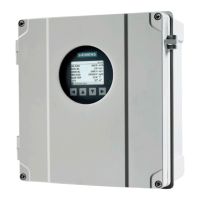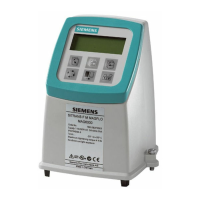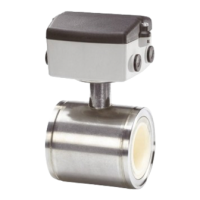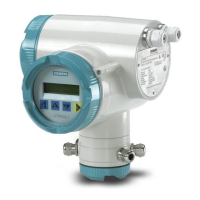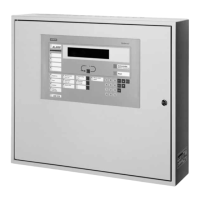Planning the networking of the stations
8
97 |
Building Technologies
8 Planning the networking of the stations
8.1 Networking types –overview
The ↑ stations in the fire detection system can be networked in the following way:
● ↑ SAFEDLINK (↑ system bus) and / or FCnet/SAFEDLINK
● SAFEDLINK, extended: Coupling of several SAFEDLINK sub-nets via
FCnet/LAN (optical Ethernet)
● Electric Ethernet (does not comply with EN 54)
● SAFEDLINK and Ethernet mixed and/or FCnet/Ethernet (does not comply with
EN 54)
The stations in the network can have the following connection types/functions:
● ↑ Standalone station
● ↑ SAFEDLINK station: Station in the SAFEDLINK network
● ↑ Router station: Station in the SAFEDLINK sub-net connected to the
FCnet/LAN
● ↑ Ethernet station: Station in the Ethernet sub-network to which no more
stations are connected via SAFEDLINK
● ↑ GAP station: Station in the network for connecting to a ↑ management
station via ↑ BACnet client or to SintesoWorks
– The GAP station can be configured with the DHCP server function.
– The DHCP server automatically issues IP addresses to the clients from a
defined IP address space. This enables a PC to receive local access, for
example.
– A route to an external IP router can be defined for the GAP station.
8.1.1 SAFEDLINK networking
Figure 35: Example: Networking via ↑ SAFEDLINK
1 FCnet/SAFEDLINK network
2 FCnet/SAFEDLINK stations
3 Central remote transmission
2
3
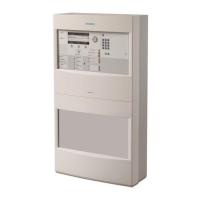
